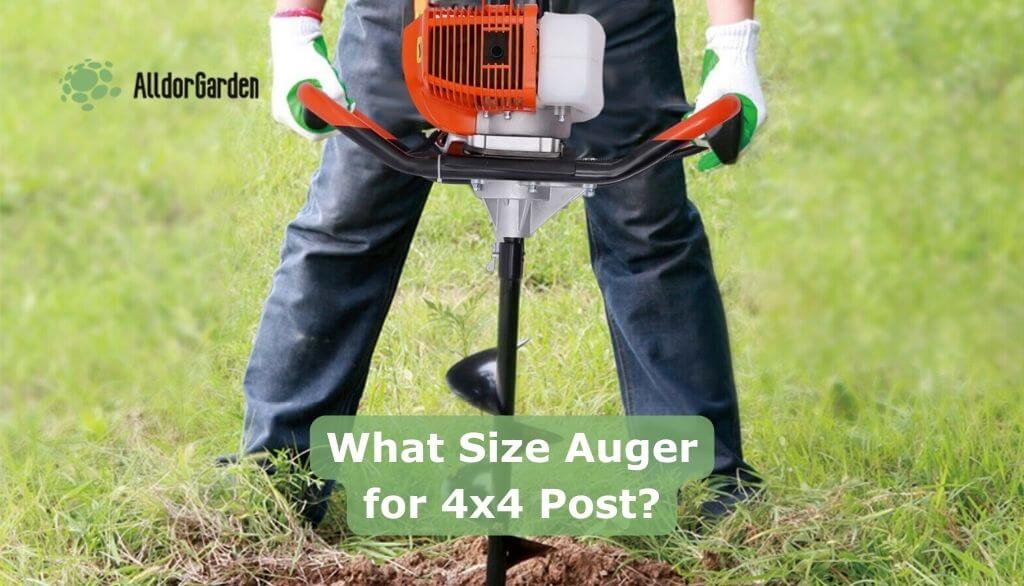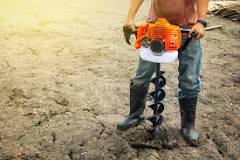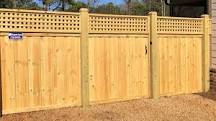When it comes to digging clay, the answer is pretty clear: wet clay is generally easier to dig than dry clay. While both have their challenges, wet clay tends to be more pliable and less compact, making it easier to work with. Let’s dive into why this is the case and what you should consider when tackling clay in your garden or construction project.
Why Wet Clay is Easier to Dig
Moisture Content Matters
First off, moisture plays a huge role in how clay behaves. When clay is wet, it absorbs water and swells up, which loosens its structure. This means your shovel can slice through it more easily. On the flip side, dry clay is hard and crumbly, almost like concrete at times, making it a workout just to get through a few inches.
Less Resistance
Wet clay has less resistance against tools. You won’t feel like you’re wrestling with a stubborn beast. Instead, it’s more like working with playdough—just easier to mold and shape. This can save you time and energy, especially if you’re digging a large area.
Avoiding Cracks
In addition, when you dig wet clay, you’re less likely to deal with those annoying cracks that can form in dry clay. These cracks not only make digging tougher but can also lead to uneven surfaces if you’re planning on laying down something like sod or pavers later on.
The Drawbacks of Wet Clay
Slippery Situation
However, wet clay isn’t all sunshine and rainbows. It can get super slippery, making it tricky to maintain your footing. If you’re not careful, you might find yourself sliding around like you’re on ice!
Messy Work
Let’s not forget about the mess. Wet clay can stick to your tools and shoes, creating a gooey situation that’s hard to clean up afterward. So while it’s easier to dig, you might end up with a bit of a cleanup job later on.
Dry Clay: The Tougher Opponent
Hard as Rock
Now, dry clay has its own set of challenges. It’s often hard as a rock and requires way more effort to break through. You might need a pickaxe or some serious elbow grease just to get started.
Dusty Business
Plus, digging in dry clay creates a ton of dust. If you’ve got allergies or respiratory issues, this could be a real problem. Not to mention, the dust can be irritating for your eyes too.
Conclusion
In summary, while wet clay is generally easier to dig due to its pliability and reduced resistance, it comes with its own set of challenges like slipperiness and messiness. On the other hand, dry clay is tough and dusty but can be quite the workout. So next time you find yourself facing a clay digging project, consider the moisture levels before diving in!
FAQ
Is there a best time of year to dig clay?
Absolutely! Late spring or early fall are often ideal times for digging because the soil tends to be moist from rain but not overly saturated.
Can I improve my dry clay soil?
Yes! You can add organic matter like compost or peat moss to improve its texture and drainage over time.
What tools are best for digging wet clay?
A sturdy shovel or spade works well for wet clay. You might also want a garden fork for breaking up larger clumps.
How do I know if my clay is too wet to dig?
If your shovel sinks into the ground easily but pulls out sticky mud instead of clumps, it’s probably too wet for effective digging.






